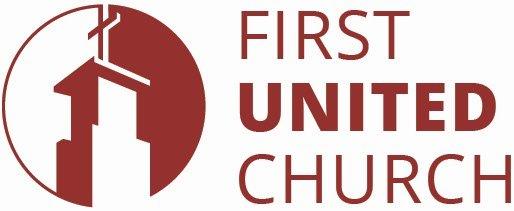I spent my first 13 plus years in St. Paul, MN, growing up in a blue-collar Roman Catholic neighborhood. I shared a newspaper route with 2 of my brothers, rode the streetcars downtown to the library for books and to the YMCA for swimming lessons. We played on the streets and in the alleys, the bicycle being the gateway for freedom. We then moved to rural Wisconsin, and all of my street-savvy skills were worthless. I learned to love my new environment, introduced to agriculture through 4 years working on a dairy farm. Since our marriage we have lived in Wisconsin, Minnesota, Kansas, and Indiana. It is hard to believe that we now have been residents of this state for almost 40 years. In many significant ways, the lower two thirds of this state have been shaped by the attitudes and mindset of what sociologists call Greater Appalachia. Individual liberty and personal sovereignty are highly valued. Political and civic structures are tolerated at best, with education not stressed. I know those are broad strokes that can be debated. However, it is important to note that although this region fought for the Union in the Civil War, they resisted the effort to accept and educate freed black slaves. During Reconstruction, and well into the 20th Century, this was fertile ground for the Ku Klux Klan and similar resistance groups. At least one Indiana Governor was a member of the Klan. A church executive of a Mainline Protestant denomination tells the story of visiting one of his congregations in a community south of Indianapolis. A church member said that when cleaning out one of the closets in the church building, they discovered a collection of white robes. These were not confirmation robes or baptismal garments. They were Klan uniforms, stored in the church, ready for the next “demonstration.”
This is a painful reminder of the complicity of many good church-going people who viewed blacks as inferior humans who needed to be “kept in their place.” White Power and White Privilege have been unchallenged for a long time. Systemic Racism, structures designed to prop up white people and push down black and brown people, has been seen as acceptable, even necessary, behavior. I suspect that one of the motivators for gun ownership is to protect against a potential uprising of an angry and aggressive black minority. I am not eager to listen to the stories of black and brown people who have been abused and mistreated by the society in which they live. But I do need to listen. Their reality has been so different from my own. When we know the Truth, then the Truth can set us free. Peace, John Krueger

 Follow
Follow